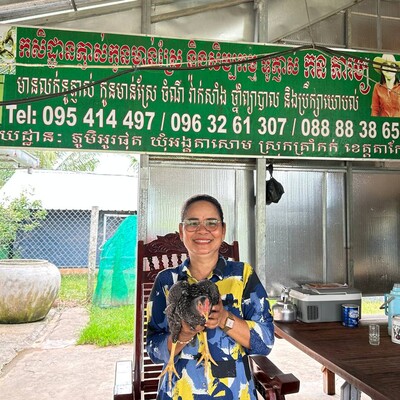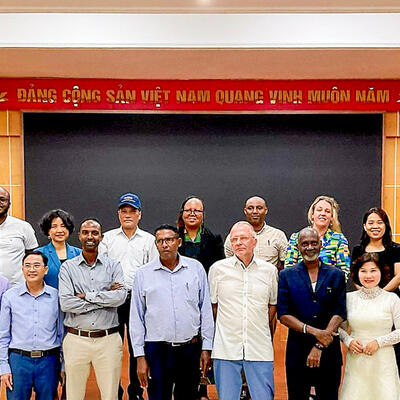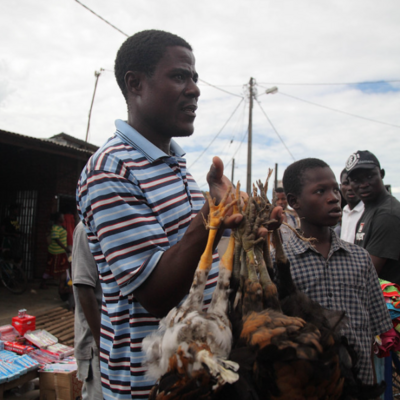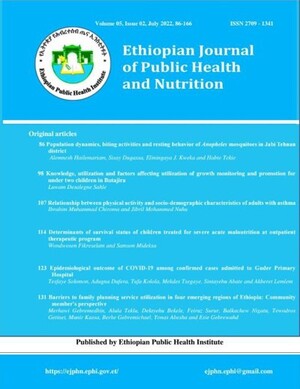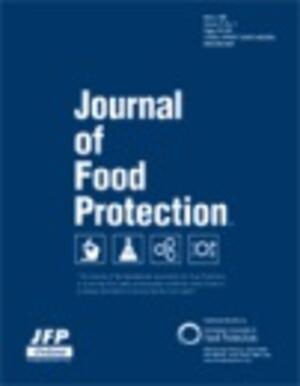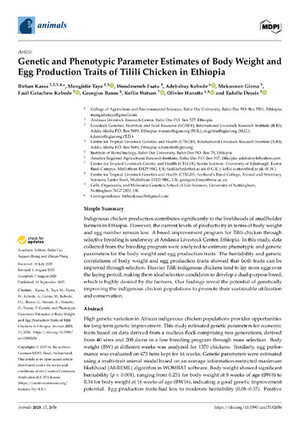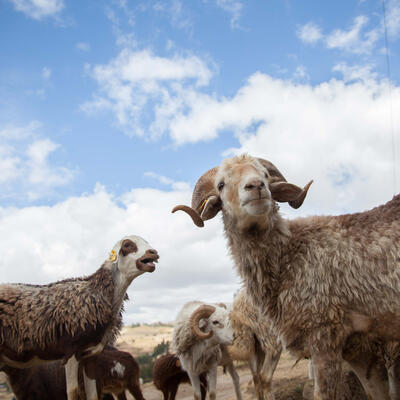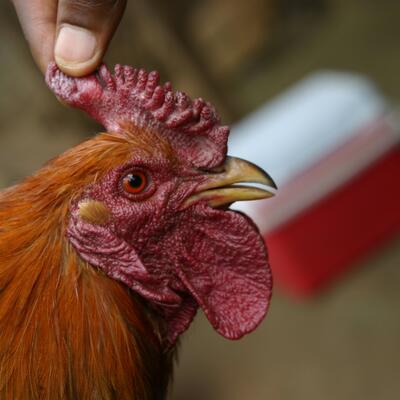
Annual report shows chicken project improving gender awareness, community participation and nutrition
The African Chicken Genetic Gains (ACGG) program 2016 annual report is now available.
The report highlights progress made by the project in the past year including changes to the ACGG model, which as evolved slightly over time as 1) a greater focus on gender has developed (with an understanding of ‘critical moments’, 2) the innovation platform model has shifted focus from the sub-national meetings to community meetings, and 3) the program has partnered with the Improving Nutrition Outcomes Through Optimized Agricultural Investments (‘Agriculture to Nutrition’ ATONU) initiative to develop a nutrition component in Tanzania and Ethiopia.
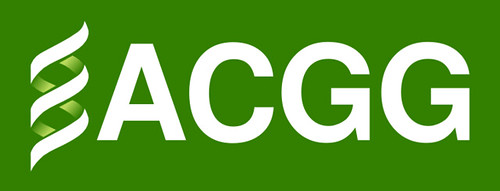
The African chicken genetic gains program is delivering improves chicken to smallholders (image credit: ILRI).
Started in November 2014, ACGG is a USD 14 million investment over five years that is helping farmers in Ethiopia, Tanzania and Nigeria improve their chicken breeds and incomes from poultry products.
It aims at increasing smallholder chicken production and productivity as a pathway out of poverty in sub-Saharan Africa. The project’s theory of change explains that production and productivity gains can be realized through access of poor smallholder farmers to high-producing but agro-ecologically, farmer-preferred chicken genetics products.
According to the report, to date, ACGG has engaged more than 3,665 farmers in 4,278 households in the testing 106,950 birds on-farm, while 7,319 birds are being tested on-station, and a functioning innovation platform has been set up in each project country. Throughout it’s course, the project will reach 7,500 farmers directly in on-farm research to test the productivity and performance of select chicken strains.
Additionally, by the start of 2017, the program’s interventions had made significant positive impacts. A baseline survey of 3,665 households has been conducted and data analyzed in Nigeria, Ethiopia, and Tanzania, and a data management and visualization tool has been deployed in the project countries. Also, four national innovation platform (IP) meetings have been held in each program country, and ACGG is developing and nurturing approximately 112 partnerships across the private and public sectors of each project country. Outcomes from this work have supported ACGG in an early identification of appropriate, high-potential chicken strains in specific geographies such as Sasso, Kuroiler and Koekoek among others.
A significant change in the program’s implementation from 2016 is the adoption of a gender and the communication campaign ‘Where chickens and women rule‘ that will unpack the division of social roles in the poultry sector focusing on three critical moments mentioned in the annual report: how does household decision-making change once poultry farming becomes productive and profitable; what decisions are made and by who about use for profit or consumption, and how women’s’ positions might change as a result of participating in innovation platform meetings and activities.
The report also highlights a series of challenges that the project team is addressing including data collection difficulties due to language barrier, increasing private sector engagement in the project, finding the right balance between learning and scaling out, and dealing with disease outbreaks.
It also highlights ACGG’s 2017 plan of moving forward with strain identification and launching mechanisms scaling up lesson from the three countries.






